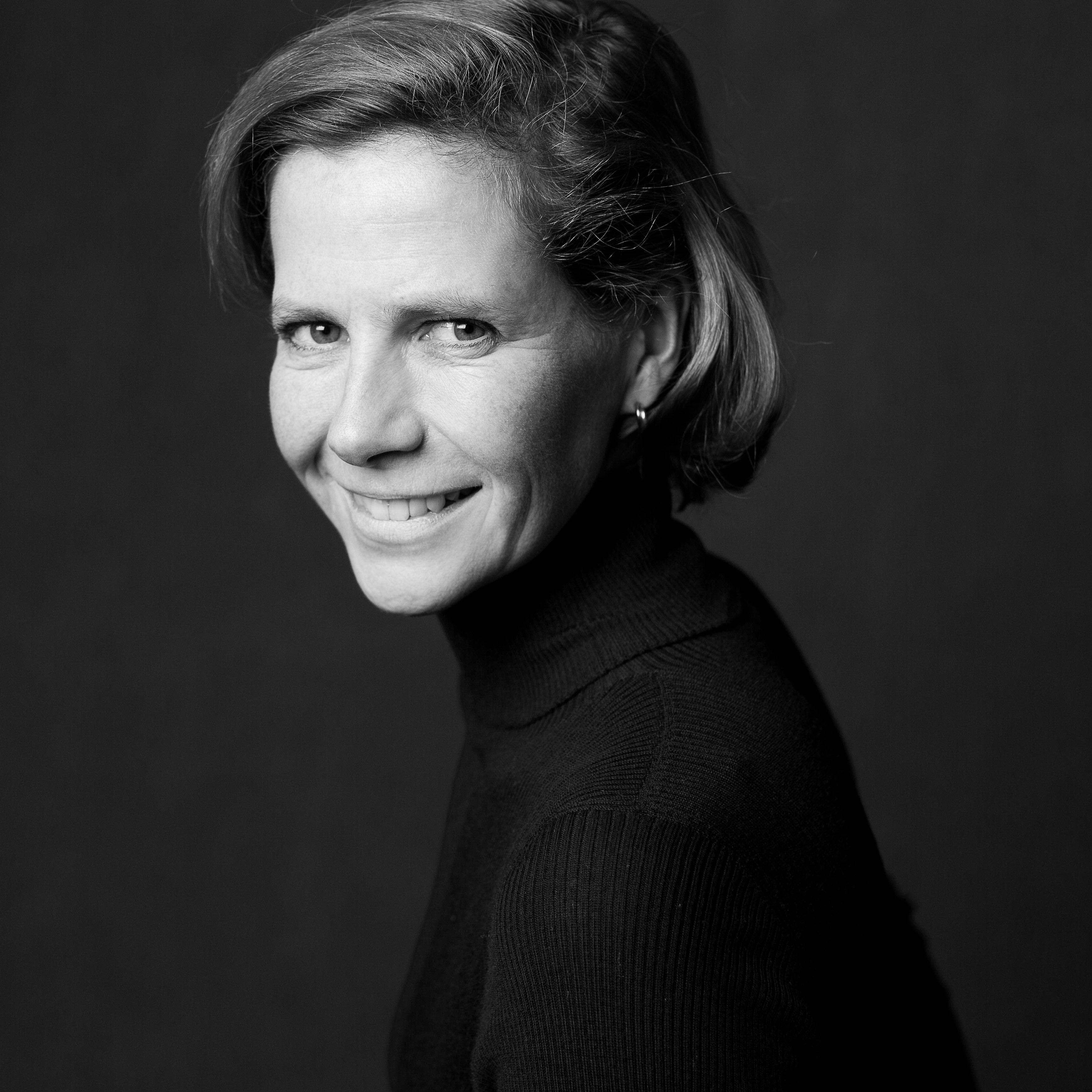 IN 1598, a European miner working in the Bolivian highlands stumbled across a 10-year-old Andean girl who was still alive, despite having been walled up inside a funerary tower three days earlier. Several decades had passed since the Inca Empire—the most sophisticated in the world at that time—had fallen, but its practices lived on among the Incas’ descendants in the region, including human sacrifice. The practice held on a little longer after this incident. Around 20 years later, a boy, who had escaped from local chiefs attempting to bury him alive, took refuge in a Spanish community in the Peruvian Sierra. But the tradition was incompatible with the moral outlook of the new Catholic regime, and die it did, eventually…
IN 1598, a European miner working in the Bolivian highlands stumbled across a 10-year-old Andean girl who was still alive, despite having been walled up inside a funerary tower three days earlier. Several decades had passed since the Inca Empire—the most sophisticated in the world at that time—had fallen, but its practices lived on among the Incas’ descendants in the region, including human sacrifice. The practice held on a little longer after this incident. Around 20 years later, a boy, who had escaped from local chiefs attempting to bury him alive, took refuge in a Spanish community in the Peruvian Sierra. But the tradition was incompatible with the moral outlook of the new Catholic regime, and die it did, eventually…
This article first appeared in The Atlantic on 27 February 2018. To continue reading, click here.
